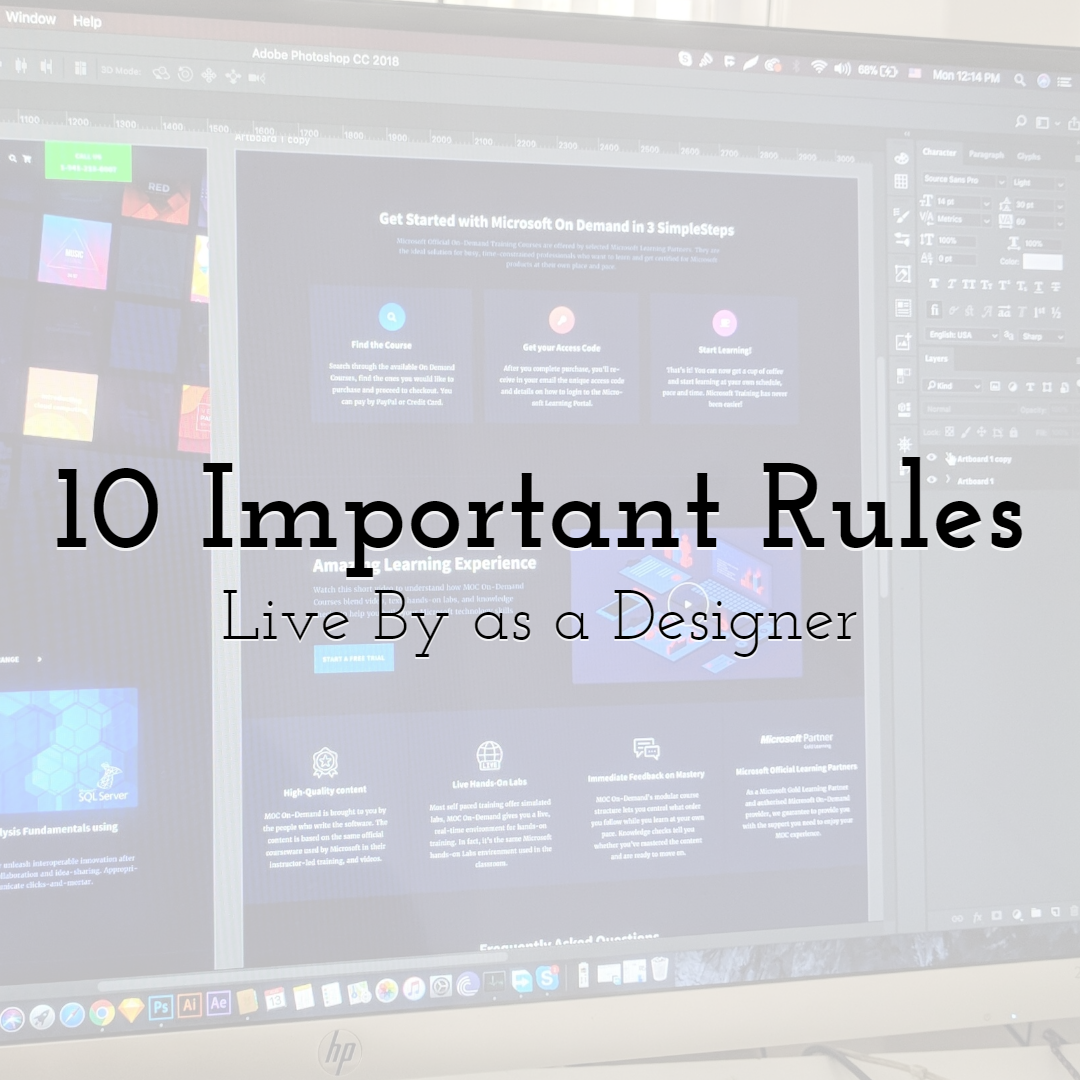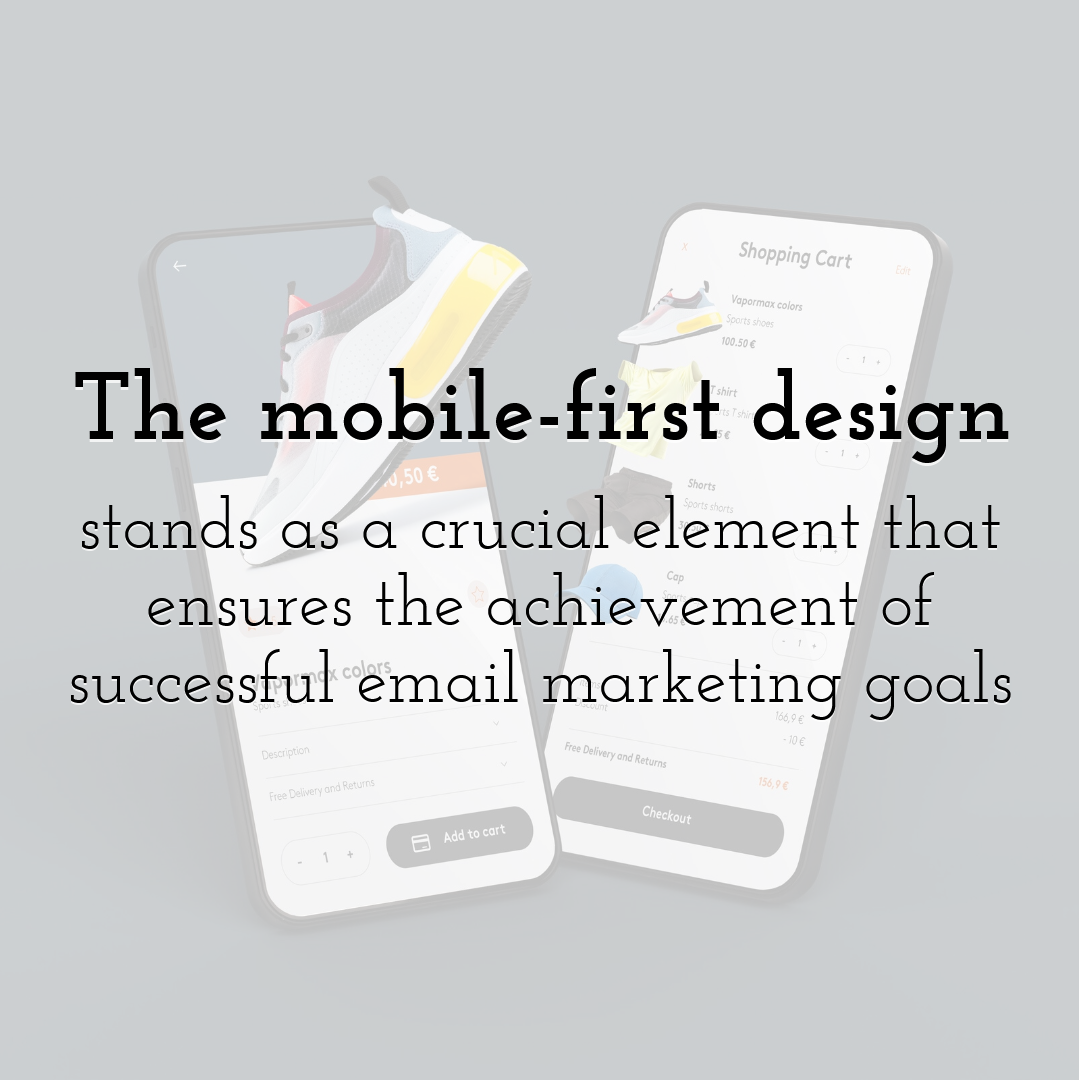Mastering The UX Design: How User Experience Drives Website Success

A website’s success is heavily dependent on its digital UX design. With companies growing twice as fast just by implementing top web design practices, it is now considered a benchmark strategy to grab users' attention. However, with millions of active websites and tough competition in every digital space, it is hard to master the art of UX for mobile apps, websites, and even software.
UX isn’t an old concept. Every business that wants to improve its digital presence has considered UX of prime importance. No matter how excellent a product or service is, as long as the UX is not up to the mark, no business can get very far. A great UX design reduces friction in a customer’s buyer’s journey by maximising the content impact, increasing page load speed, and making a site efficient
Even the top agencies recommend mastering the principles of UX. By improving user experience, any business can transform into a lead-generating and customer-satisfying powerhouse.
What Is User Experience Strategy in Web Design

User experience is the process of making the structure and design of a digital product, website, or application usable and accessible. However, businesses that are running their websites on a large scope and scale often need help with multiple website issues. Thus, improving several functions of a website and making it easy for users with different needs to use a site is hard to achieve with a limited budget or technology.
A user-experience strategy is an efficient way to identify which features of a website need improvement, which elements are dramatically changing user experience, and how to combine a business mission with its IT team’s capabilities in order to counter the problems with the right solutions.
Thus, the major goals of a UX strategy include:
- • Boosting engagement rates
- • Improving conversions
- • Enhancing Search Engine Rankings
- • Generating leads
- • And building brand loyalty.
7 Ways In Which User Experience Drives Website Success

UX impacts every aspect of a business's website, from basic engagement with a user to the company’s revenue. More than 80% of users will not return to a website after a bad UX, which means that every successful website thrives on an exceptional user experience. Their UX strategies hinge on fast-loading websites, reduced bounce rates, responsive designs, and building credibility among customers.
Here are seven ways in which user experience drives the success of a website and why every web designer needs to master it.
1. End-User Needs
The user experience of a website must ensure that the look and functionality are designed with the end user in mind. The UX must align with customers’ needs, and common ways to achieve it are gathering practical data, measuring user satisfaction, tracking engagement, and running usability tests. In this way, any web designer can reduce user frustration while navigating the website, increase their return rate, and improve conversations and lead generation for any business.
2. Clear And Navigable Design
A simple and clear web design is also a crucial part of user experience. When a website is clutter-free, it helps users perform actions without any trouble. A clean layout, in this case, is most important, and so is intuitive navigation, decreasing the steps in the user’s buying journey and embodying clarity at every turn. To generate a navigable website, experts use error rates, NPS scores, and other such metrics to devise the best UX strategy.
3. Consistency For Seamless Experience
Another way how user experience makes a website successful is consistency across all the visual elements of the site. These elements include fonts, colour palettes, terminology, images, calls-to-action, etc. UX is that crucial element of any business that weaves together the marketing team, project managers, and design team and brings a consistent brand message in front of the digital audience. A consistent website experience is one of the most important brand recognition metrics for any business.
4. Responsiveness On All Devices
A great user experience means that the website will work well on all devices, including mobiles and desktops. UX strategy makes sure that a website is flexible and responsive across all screen sizes and browsers. After all, it must be a prime goal of professionals to cater to an online audience using their sites from all types of browsers and devices.
5. Enhanced Content Readability
A part of an excellent UX strategy is improving website layout. Good content readability means that everything on a site is well-organised, thus guiding users to the core message of the brand and encouraging a response or action from them. From the page hero all the way to the footer of the website, the content must communicate naturally with the user. Users must navigate the website easily, rather than get confused or frustrated by not finding what they are looking for.
6. Encourage Engagement By Users
A successful website encourages users to take its desired actions. This is achieved by a great user experience, but equally important is telling the users that the team behind the website is grateful for their interest in their business. This is achieved by ‘micro-interactions’ or ‘success messages,’ such as ‘Thanks for reaching out,’ ‘Congratulations, you have created an account!’ or ‘We will follow up shortly.’ These subtle messages play a psychological role in guiding users across the website and affirming them that they will receive a positive response to their actions.
7. Boost Site Loading Speed
The final but most important UX technique that drives a website to success is its speed and performance. A good UX also appeals to search engines that use site performance analytics, such as load times, click-through rate, and average session duration. If a website has improved user experience, it is more likely to convert and engage users and thus have a higher chance of ranking higher on search engines
How To Use UX To Make Any Website A Success Story?
There are many ways to improve a website’s user experience, including identifying problematic site features, considering current UX, and mapping out a step-by-step plan to fix any issues. By choosing the right UX approach, any website can streamline its user journey and boost its overall engagement, thus generating more leads for its business.
Until next time, Be creative! - Pix'sTory
Recommended posts
-

10 Reasons Why You Should Use Video Marketing for Business
Read More › -

6 Best Website Design Trends for 2021
Read More › -

10 Important Rules to Live By as a Designer
Read More › -

18 Top-Notch Proofreading Tools for Content Writers
Read More › -

The mobile-first design stands as a crucial element that ensures the achi...
Read More › -

Old School Graphic Designing Tactics Which are Still Applicable
Read More ›
